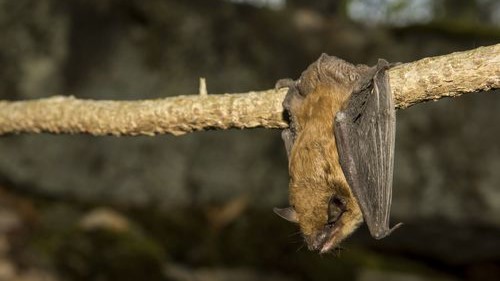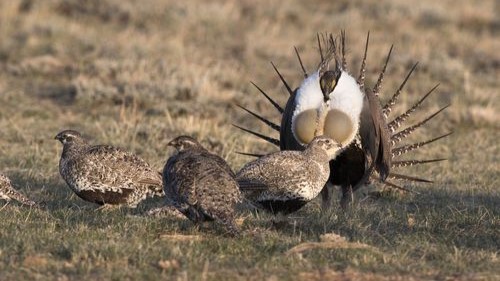Most people don’t understand how much bats help us. Some people even think bats are scary or creepy. In fact, people should be glad there are bats in their neighborhood!
Bats are mammals, like people. There are more than 1,300 species of bats. Some bats are small, with the wingspan of a bumblebee, while others have a wingspan of six feet! They also “see” with their ears. You may have heard the phrase “blind as a bat.” In real life, bats aren’t blind, but their specialized hearing helps them to “see” their environment even better. They make calls as they fly, making up to 160 calls per second. The sound travels and bounces off objects, helping bats to know exactly where objects are all around them. This is called echolocation.
Many of the most common bats eat insects. That’s right—bats are out every night eating mosquitos and other insects you might not want around. Scientists estimated recently that bats save people billions of dollars in pest-control costs. They eat the pests in yards and parks, and they protect farmers’ crops by eating bugs that could damage corn, rice, cotton, and other important crops.
Some species of bats don’t eat bugs; they eat nectar from flowers. These bats pollinate plants that give us some of our favorite foods, including bananas, avocados, peaches, and cocoa beans, the source of chocolate. Bats transfer the pollen from one plant to another, which helps the plants produce fruit.
Bats are also excellent planters. In rainforests, bats eat fruit and seeds and drop some of the seeds as they fly away. It is estimated that one square meter of forest floor can contain between 12 and 80 seeds dropped by bats!
The bad news for both us and bats is that bat populations are decreasing, meaning there are fewer of them. One reason for this is a disease called white-nose syndrome. It has killed more than one million bats. Bats catch it as they are hibernating during the winter.
A special group called the Bats for the Future Fund is collecting money to treat bats with white-nose syndrome. They are also trying to find ways to prevent the spread of the disease. One group of scientists plans to test environmental treatments for white-nose syndrome. This means they will treat the places where bats live, not the bats themselves. They plan to do this in Georgia, Ohio, and Pennsylvania.
Another group is exploring the idea of improving the food sources for bats just before and after they hibernate in Michigan and Manitoba, Canada. The hope is that if the bats have more fat reserves after eating so much, they will survive white-nose syndrome.
The conservationists and scientists hope these efforts will help bats survive this terrible disease and continue to help us with pest control and pollination.









